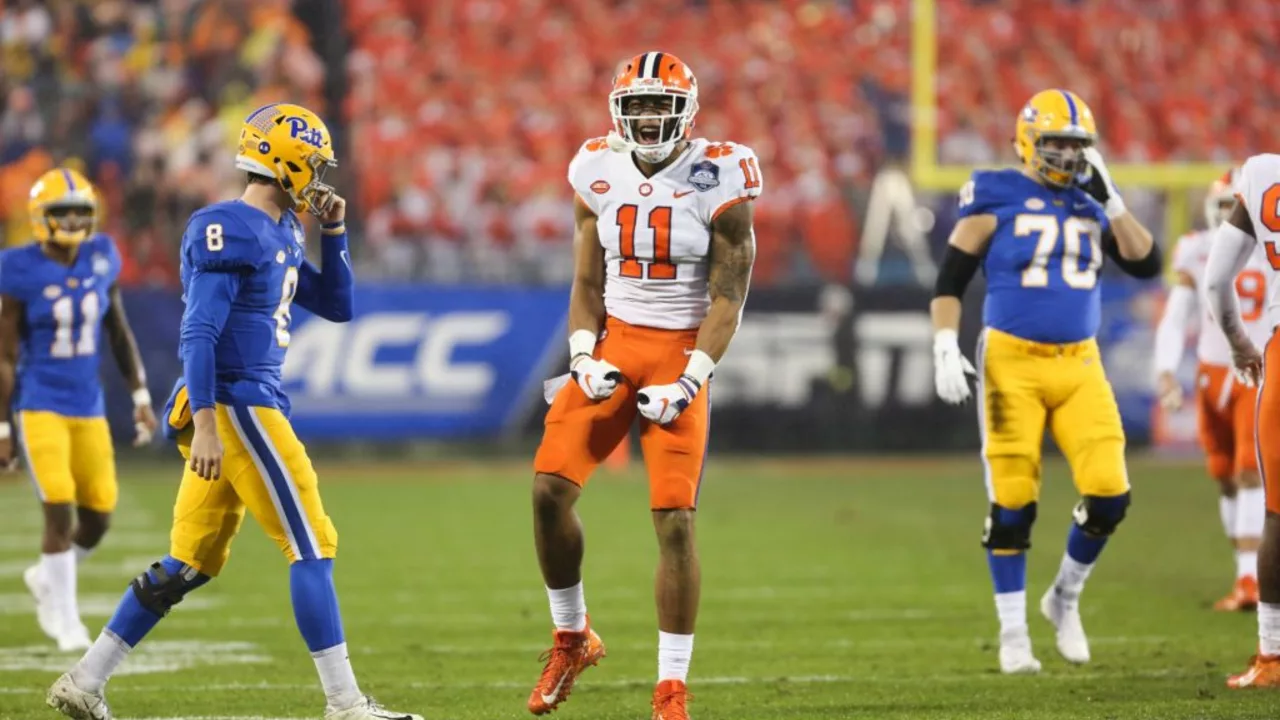Comparison – Understanding How We Contrast Ideas and Events
When you start looking at Comparison, the first thing to know is that it’s the act of measuring similarities and differences between two or more items, ideas, or events. Comparison, evaluating likenesses and opposites to draw clearer conclusions. Also known as contrast, it helps us decide what matters most in any situation. In sports, for example, comparing player stats lets fans and coaches spot strengths and weaknesses. In the tech world, deepfake videos force us to compare authentic footage with AI‑generated fakes, changing how we trust media. Politically, blockades and sanctions are often compared to historic actions to gauge impact. These connections create semantic triples like “Comparison involves evaluating differences,” “Comparison requires clear criteria,” and “Deepfake technology influences how comparisons are perceived.” Below you’ll see how these ideas play out across the posts collection.
Why Comparing Matters Across Fields
Comparison isn’t just a buzzword; it’s a tool that shapes decisions in everyday life. Sports, organized physical contests that generate statistics for performance analysis. By comparing win‑loss records, injury reports, or contract guarantees, teams decide who stays on the roster and who gets a new deal. In entertainment, series like the NBC drama “Unveiled” are measured against earlier shows to gauge audience appetite. The same logic applies to legal debates—think of the Israeli naval blockade being compared to historical maritime sieges to assess legality. Each of these scenarios shows that “Comparison defines strategic choices” and “Comparison drives public opinion,” reinforcing the importance of clear criteria and reliable data.
Technology adds another layer. Deepfake, AI‑generated media that mimics real people’s appearance and voice. When a deepfake ad for a perfume surfaces, marketers compare it to authentic campaigns to see if the deception gains traction. This forces regulators to compare existing ad rules with new AI challenges, highlighting that “Deepfake influences media comparison” and “Comparison shapes policy responses.” The interplay between tech and media shows how quickly the need for comparison can evolve, especially when trust is on the line.
All these examples lead to a common truth: without solid comparison, we miss out on valuable insights. Whether you’re a fan tracking the Kansas City Chiefs’ performance, a scholar debating the hall‑of‑fame eligibility of a baseball legend, or a citizen weighing the ethical implications of a maritime blockade, the act of comparing equips you with a clearer picture. In the posts below, you’ll find real‑world breakdowns that illustrate how comparison fuels debate, guides strategy, and sharpens understanding across sports, politics, technology, and entertainment.

What does the NFL get right that other sports don't?
While my love for sports is as broad as a sumo wrestler's waistline, there's something about the NFL that really gets my pom-poms shaking! The NFL seems to have mastered the art of spectacle, turning every game into an event that has us clinging to our seats like gum to a shoe. Unlike other sports, it perfectly blends strategy and physicality, creating a chess match where the pieces can bench press 300 pounds. The NFL also nails fan engagement with fantasy leagues, Super Bowl parties, and unforgettable halftime shows. In short, while other sports might give you a fun run, the NFL gives you a thrill-filled roller coaster ride, and who doesn't love that?
Read More


